A Floor Plan for the Heart: The Beauty Turner Academy 2023 Mixtape
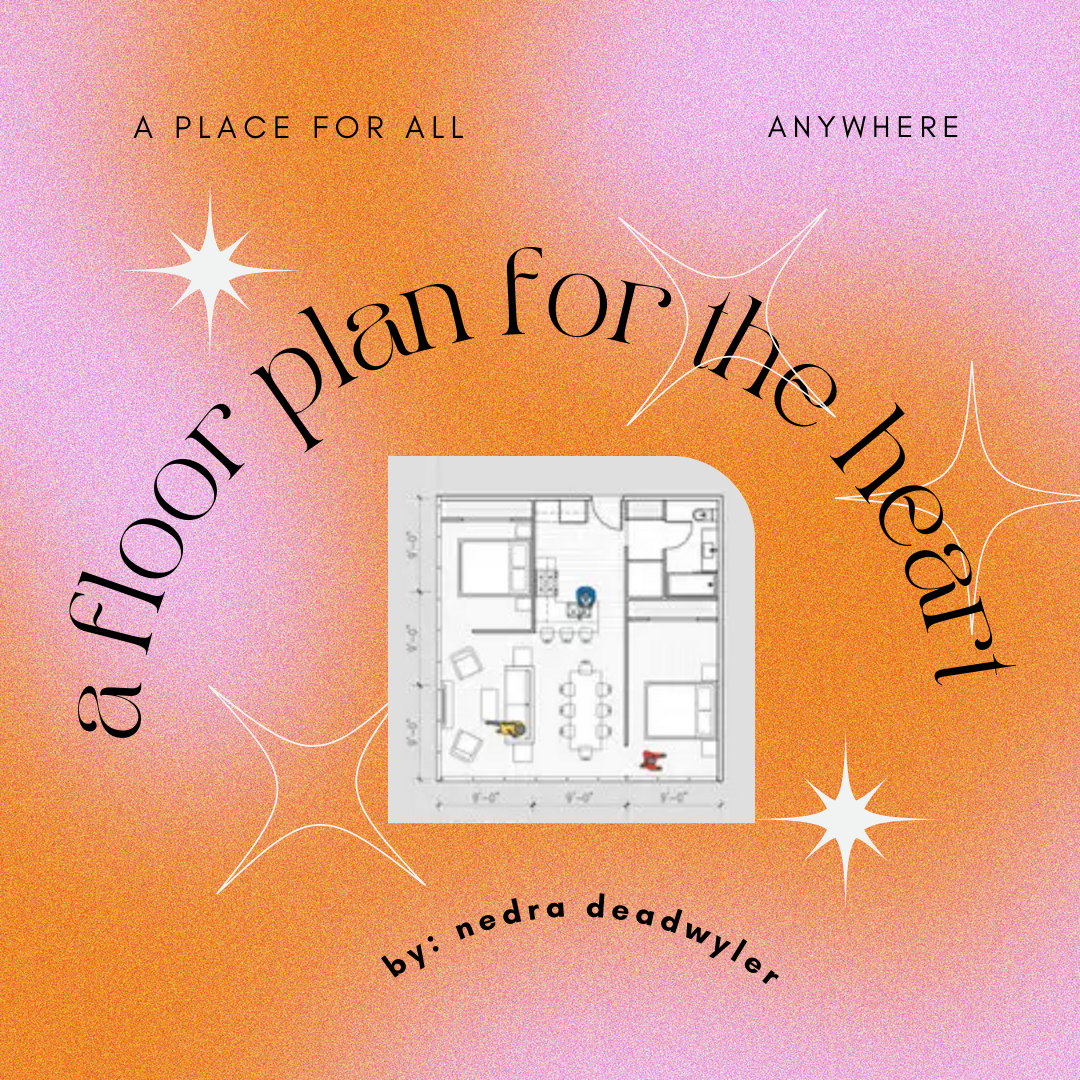
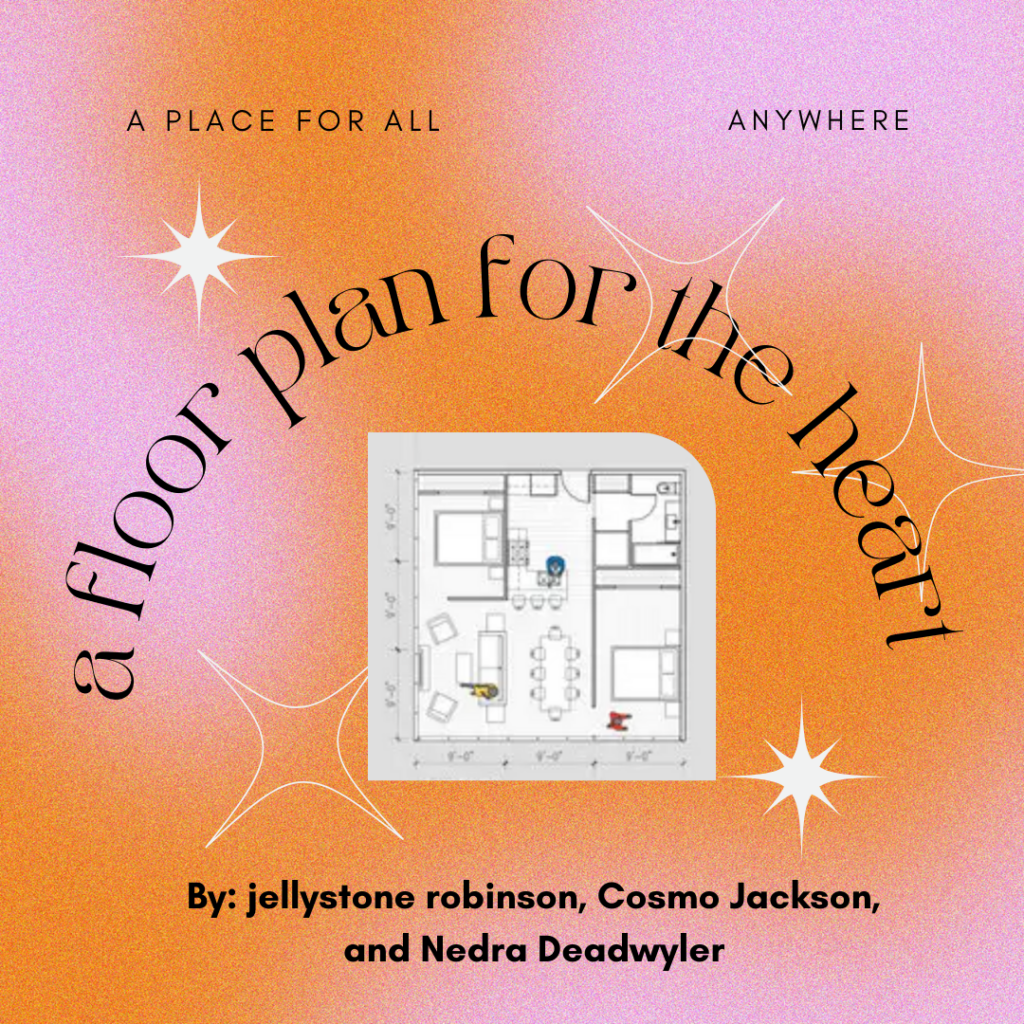
What follows is a multi-media collage of oral histories, visuals, music, and more. This collage is the 2023 Beauty Turner Academy of Oral History Mixtape.
Listen to the whole mixtape here, which includes additional oral history excerpts.
“…I believe in caring and sharing. I want to live in a world where there is enough of everything basic and necessary to go around.”
bell hooks, Where We Stand
What comes to mind when asked the question, “What does home mean to you?”?
Home can mean a physical space. One with various chambers that each have their own function. There is a regular rhythm amongst these nodes, the circulation generating and sustaining a life force.
A home is universal; some say it is a human right.
Others identify areas within the home that are stand-outs: the kitchen, engaging the senses of taste, sight, smell, and touch; the kids room where all the children went when not outside; or even hyper-specific spots in the home—the kitchen table as the gathering place, or the porch that facilitates connection to neighbors and nature.
For most people, when talking about the meaning of home, everything ties back to family or people who were like family.
The stories that are shared in this collective project offer personal subjectivity and an intimate look at relationships and community. They show how, somehow, all of us are close to the narratives of public housing, and push us to rethink the meaning of public and of housing.
A house is a place.
Here, hear the ways people make a home through shared experience and community.
jellystone reflects…
When I was in the 7th grade – two years after moving out of The Wells and into a family home in Englewood – I transferred to a magnet school on the West Side of Chicago. It was there where I read Our America by 13 and 14-year-old Lealan Jones and Lloyd Newman. I remember how excited I was to tell my classmates that Lloyd was a family friend. When I joined the Beauty Turner Academy, I was reminded of the book but I couldn’t find it anywhere. After finding a book called There Are No Children Here: The Story of Two Boys Growing Up in the Other America about the Henry Horner Homes, I was convinced that maybe this was the book I actually read and that I had made the other one up.
Something told me I should read Eve Ewing’s Ghosts in the Schoolyard before seeing her at the BTA Mixtape showcase. I never expected her to talk about public housing or The Wells. I stayed up until 2 am reading. So much of what she wrote about filled in gaps from my childhood and the place I was from: why we moved so much; why my sibling transferred schools more than we moved.
From Ghosts in the Schoolyard I was led to a documentary called Legacy made by another young person who lived in Henry Horner. This made me look up The Wells on Wikipedia to see what things might had been made about it, and sure enough, not only was the book from 7th grade real, but there was this storycorps audio to go with it! So, inside the comfy chill of a south loop Chicago night, after leaving a free screening of Are You There God? It’s Me, Margaret Lucky Me is listening to the podcast and walking through The Wells for the first time since I was maybe 9 years old.
Following the legacy of Lloyd and LeAlan,
I wanted to “have something to point to.” When listening to the Oral Histories of Anaya Frazier, my sibling who grew up in The Wells with me, and oyani wynne, my dear friend who grew up in The Greens, and I found this:
Oral Histories of Cabrini-Green and The Wells
narrated by Anaya Frazier and Oyani Wynne
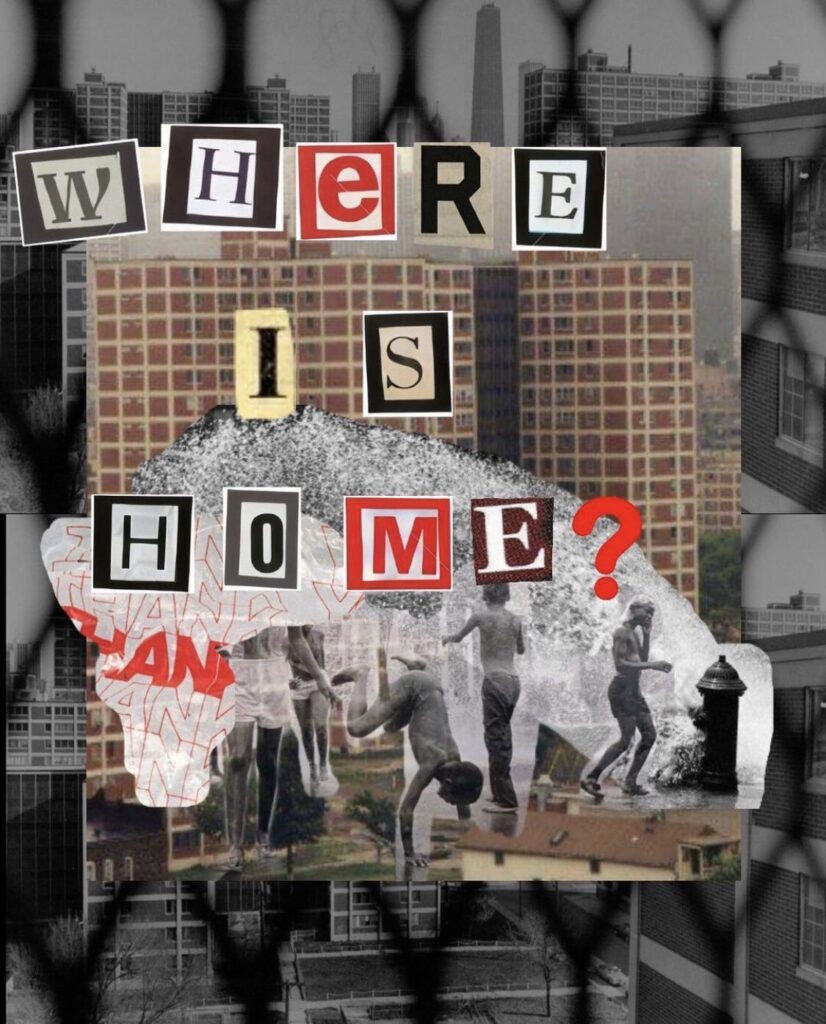
From Eve Ewing’s Ghost in the Schoolyard“This, we insist, is our home. Broken though it may be, it remains beautiful, and we remain children of this place.”
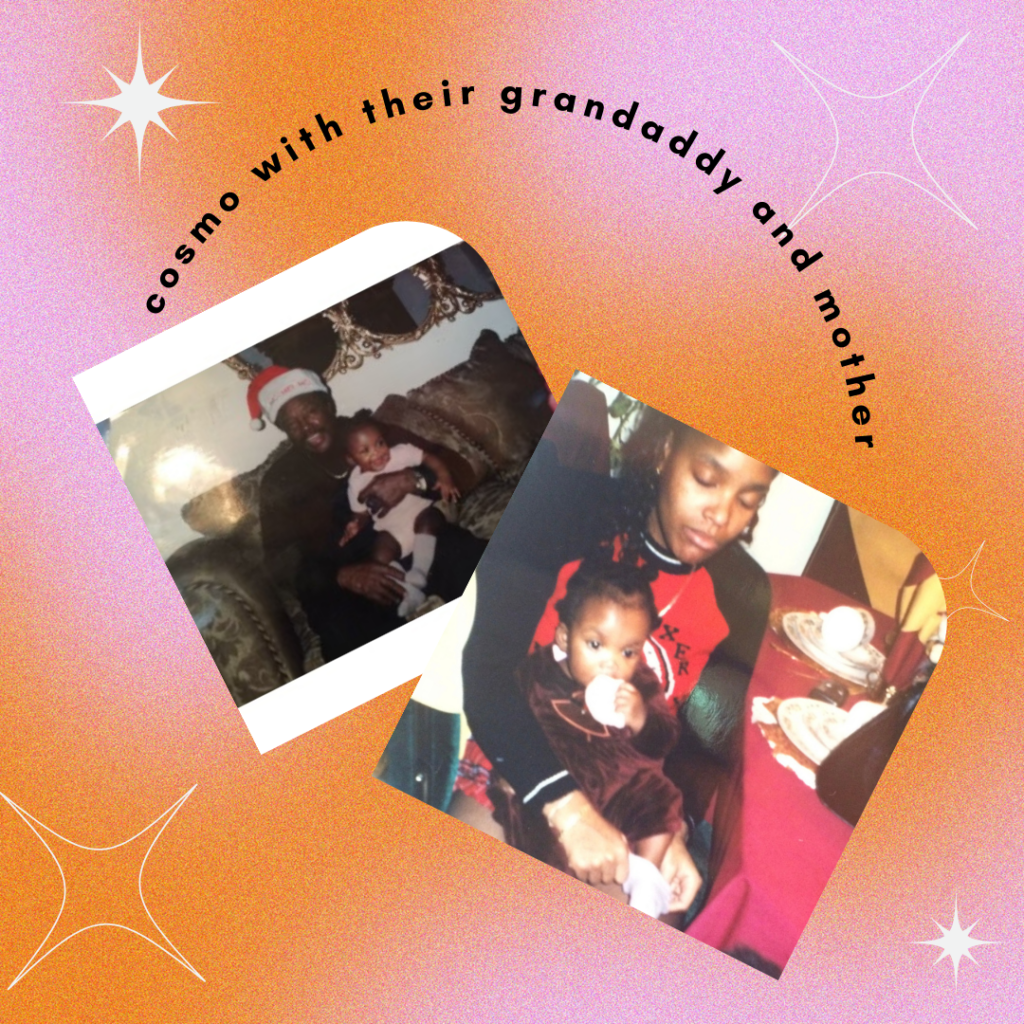
Cosmo reflects…
Finding your identity is a journey in itself, and it is especially harder coming into this world with a blank slate and having everyone else try to fill it with their ideas and illustrations. The world can be cruel, especially to those who society has already deemed to be an outcast, or different, but aren’t we all? While interviewing Marilyn, we talked about the intersectionality of queer and religious identities. A tough, but necessary conversation. We reminisced, laughed and, through this gracefully open space, tugged at everyone’s heartstrings.
My mother mentions in this interview how, “Christianity is only real when I see it through their eyes,” referring to her parents and their devotion to religion. I’m sure we all can share a similar sentiment, or at least I do. My grandaddy, JR, passed away when I was 2. For the past 19 years, I’ve had nothing but everyone else’s memories, stories, and while I’m sure they hold value to the messenger, they don’t feel real to me. I hear them, but I can’t visualize them. I hold a space for them, but I do not feel connected to them. For me, the connection I shared with my grandfather has felt the most real when I hear stories from my Mother’s Heart. Seeing him through her eyes brings the strength I needed to visualize him through my own.
Embarking on any journey can, and will, hold the capability to get lost. Though no matter how far you travel, you’ll never lose your heart. Take a moment and ask yourself, “where is my heart?” and follow wherever it may lead.
Akira Drake Rodriguez, Diverging Space for Deviants: The Politics of Atlanta’s Public Housing (p. 104).The formation of community organizing around environmental justice has long been a part of the Black radical tradition. Black women took the lead in this and many other movements serving politically deviant interests in postwar Atlanta. The multiple movements at the local level pushed tenant associations to be more responsive to these interests.
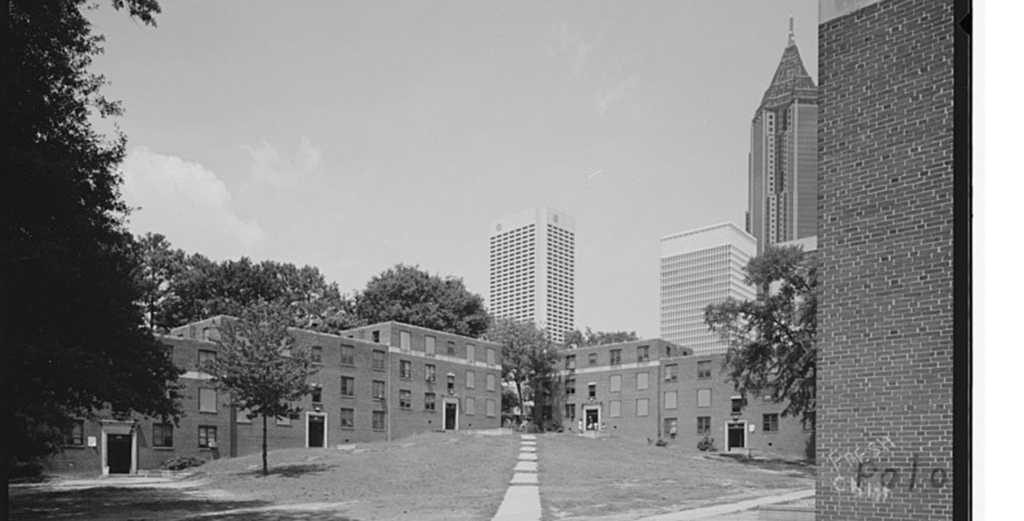
Sarah Burns and David McMahon directed a film telling the story of East Lake Meadows, a housing project demolished and thus deleted from mainstream media and the Atlanta landscape. The former location is now surrounded by a resplendent golf course and an upscale neighborhood. Atlanta Housing rebranded the former complex as a mix-income housing development: the formula for all former public housing complexes in Atlanta.
On occasion, we fight for the right for everyone to have safe and healthy living spaces. Ensuring that everyone is respected and has access to homes becomes a community effort—another way to love thy neighbor.
In the following interview with Foluke Nunn, Housing Organizer with Housing Justice League/ AFSC, she shares her experiences organizing in Forest Cove Apartments with tenants, adults, and paid youth organizers for safe and livable housing:
Foluke NunnLearning about the history of black people in this country …slavery and colonization and the ways in which those forms of oppression continue today.

Black folks be like…. It’s cozy, feels like a sweater, shared and lived in, surrounded by melodies, tastes like summer on a cold day, doesn’t fade, holds fast, and keeps the light.
Connecting to home often brings in a heavy layer of nostalgia; the longing to be in a particular place and time is real. The sights and sounds of today don’t ring in the same tones as yesterday.
Bity Boone uses the landscape of his mind to take us back in time to the days he was “wild and free,” running through the grassy fields of Carver Homes and Techwood Homes. The Projects, as he called out are Carver, Techwood, and Thomasville Heights. They are all but erased—renamed and reimagined to make the act of housing poor and working class people in cities palatable.
With the destruction of public housing in Atlanta and elsewhere—contrasted with these poignant reflections on housing and home—the questions loom over the country:
